Wat Mai
Located at the confluence of the Mekong and Nam Khan rivers, Luang Prabang features a picturesque backdrop of lush greenery and majestic mountains. Like other cities in Laos, it is home to a wealth of temples and pagodas. Join us as we explore Wat Mai, recognized as the oldest temple in the city.
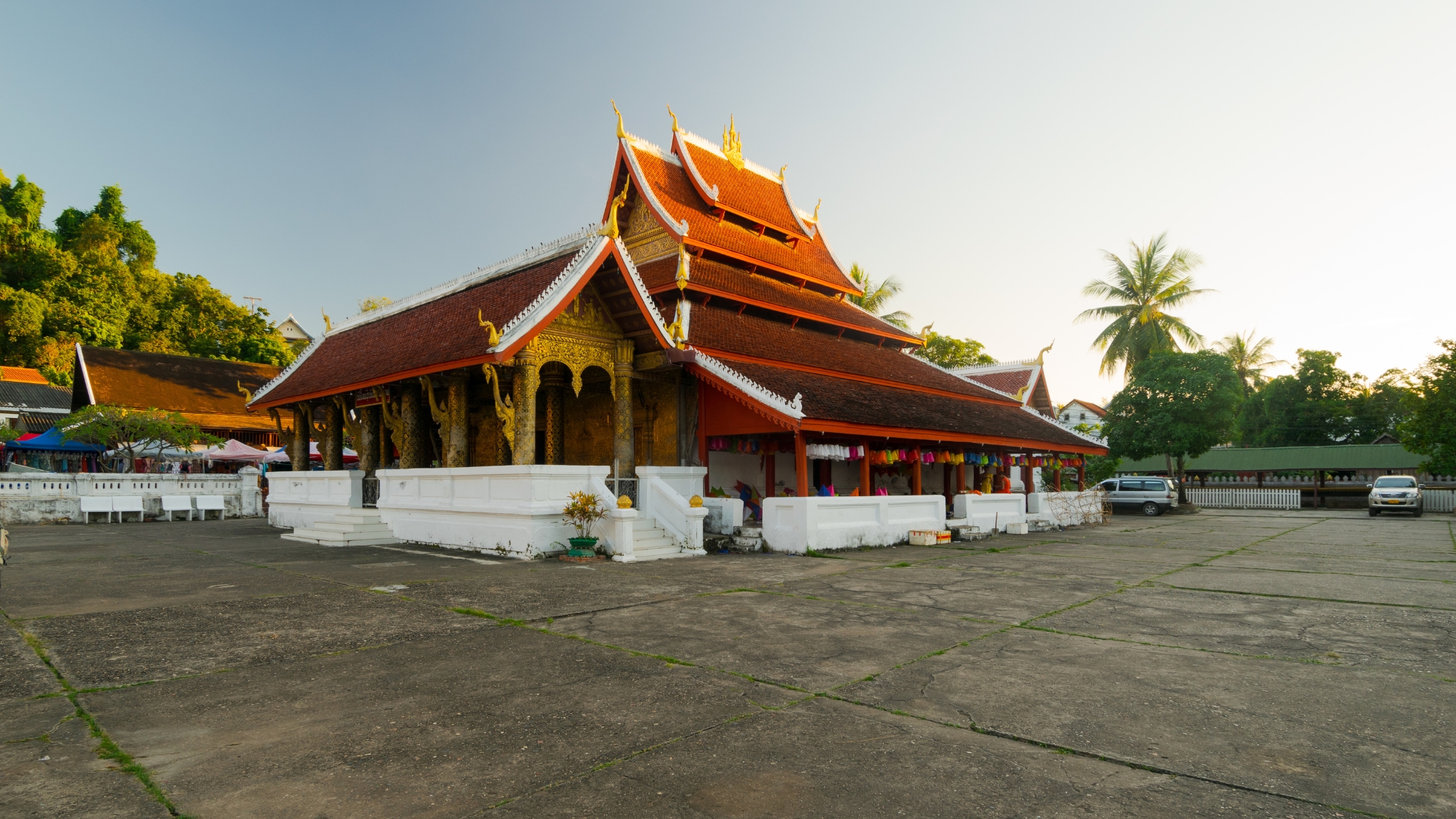
Wat Mai
Overview
Wat Mai, formally known as Wat Mai Suwannaphumaham, is the largest and most ornate temple in Luang Prabang. Built in 1796, it holds great cultural significance for both religious and aesthetic reasons. Situated near the Sisavangvong night market street and adjacent to the Royal Palace compound, its impressive dimensions make it easily recognizable from the street. Remarkably, Wat Mai survived the destruction by Chinese invaders in 1887, retaining its grandeur. Over the years, enhancements such as the addition of verandas in 1821 and several other buildings further embellished the temple's magnificence.
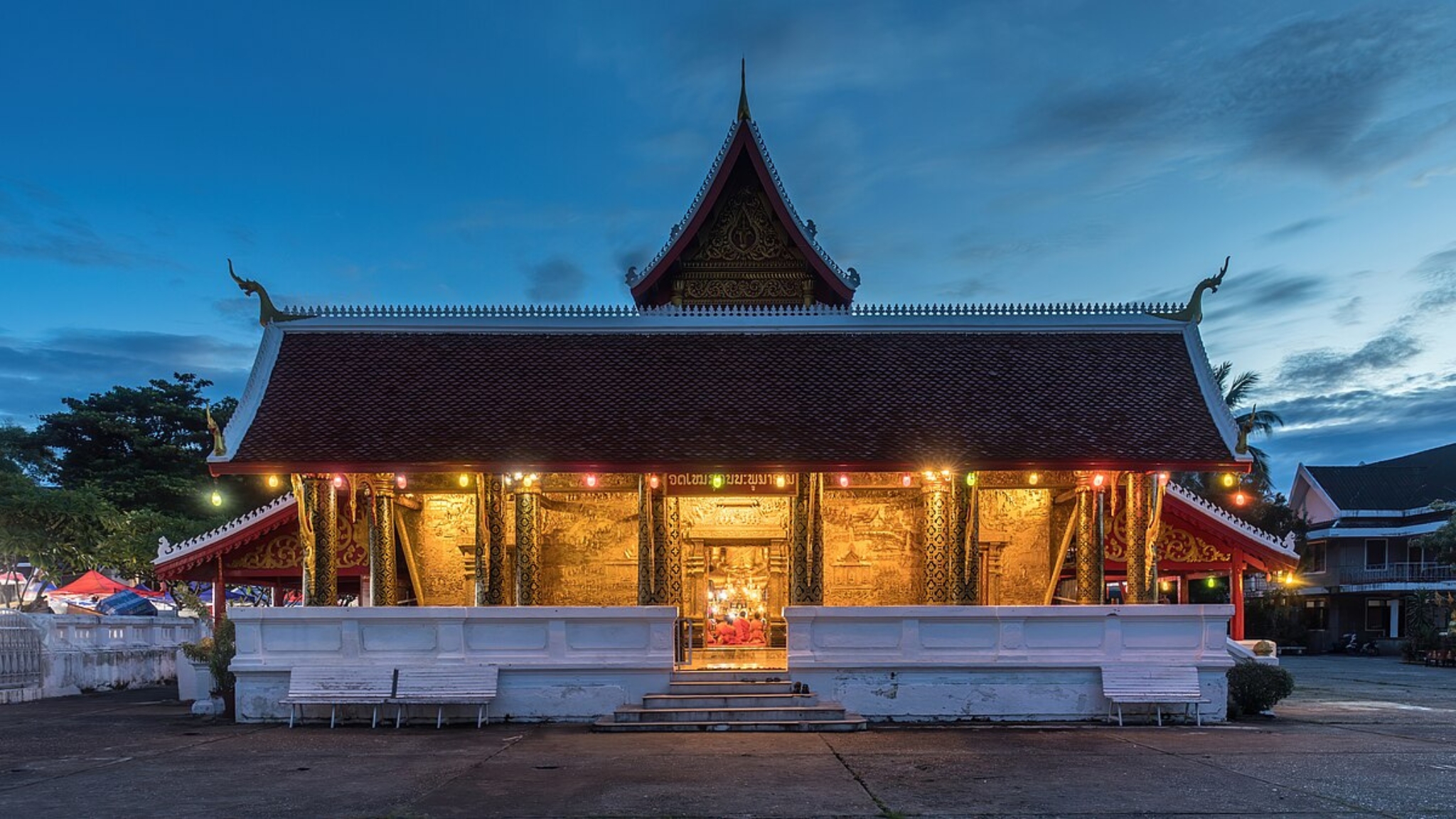
Stunning Exterior Of Wat Mai (Cre: Wikipedia)
Things To See When Visiting
Discover the Temple’s Complex
Wat Mai's main feature is its central hall, called the sim, which has a tall roof with five layers and gold decorations shaped like snakes. On each side of the sim are porches with detailed pictures carved into the walls, showing stories from old books and scenes from everyday life in Luang Prabang, like temples, animals, and celebrations. Specially shaped large columns support the porch roofs, while the sim's doors are adorned with images of gods and golden flowers, enhancing the temple's beauty.
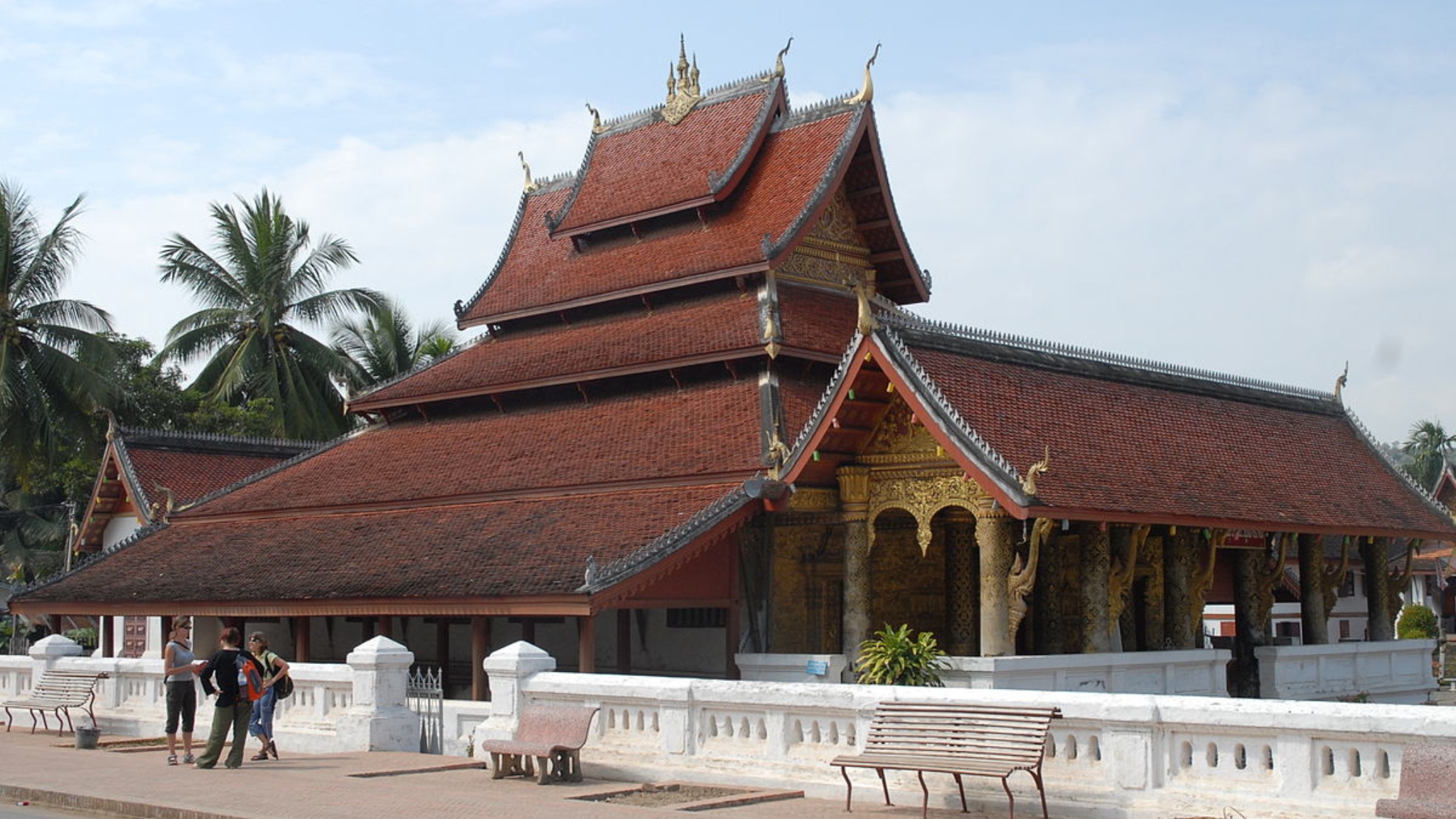
Side View Of The Temple (Cre: Wikipedia)

Dedicated Red And Golden Patterns
Experience The Serene Vibe
In this serene setting, individuals can find solace and inspiration for spiritual reflection, surrounded by a peaceful atmosphere that allows for appreciation of nature and cultural heritage. The tranquility encourages mindfulness and being present, offering a moment of relaxation and cultural immersion as one observes local customs and interacts with worshippers or monks. It provides an opportunity to connect with oneself and Laos' rich spiritual legacy in a serene and contemplative environment.
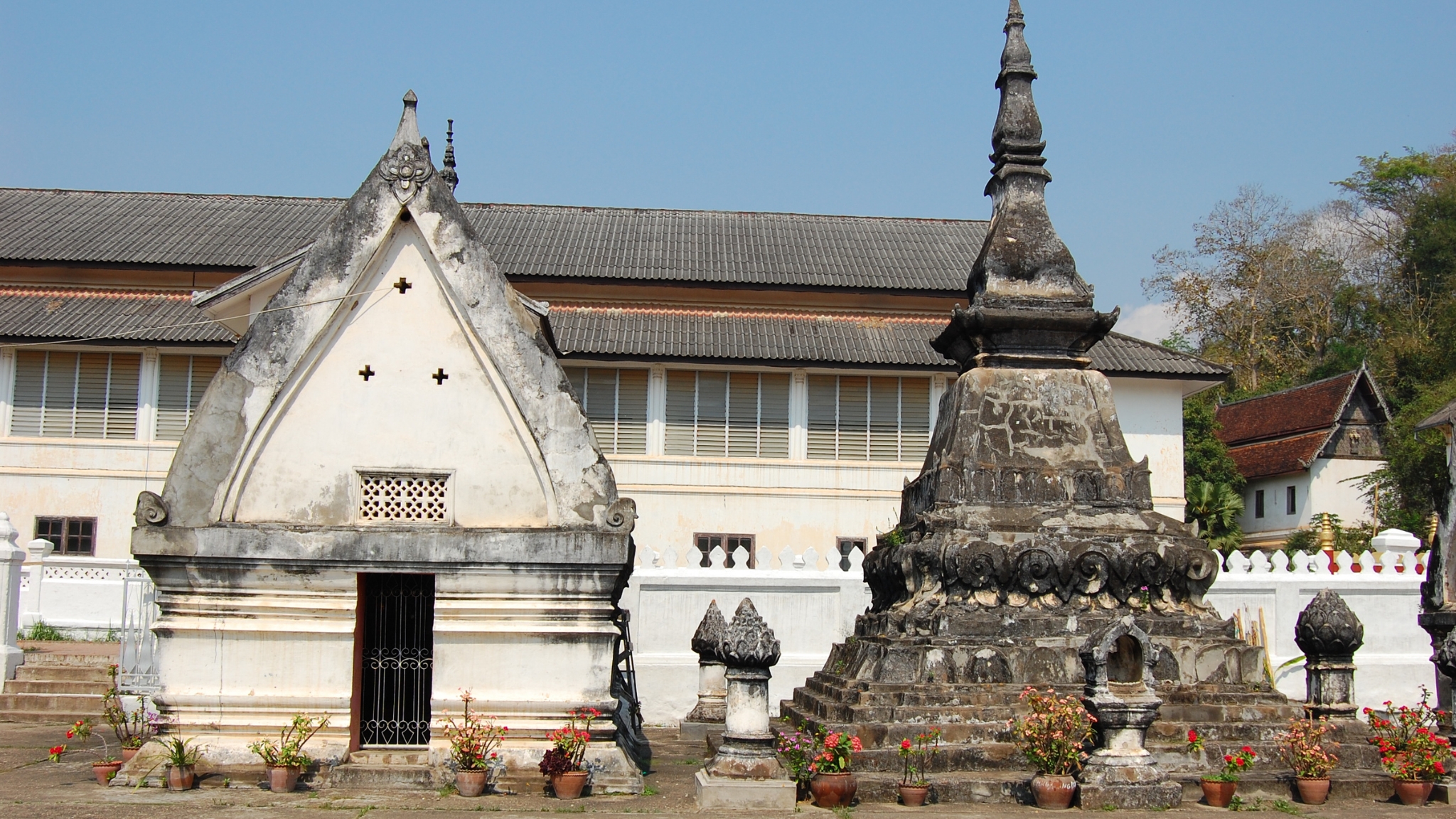
Take A Moment To Relax And Escape From The Busyness Of Life
How To Get There
- By Air: The nearest airport is Luang Prabang International Airport (IATA: LPQ), which is only 5 km away (about 3.1 miles). Direct travel to Laos from Europe, North America, Australasia, or South Africa is not available. Instead, you must opt for connecting flights from Thailand, Vietnam, or Cambodia.
- By Taxi: You can opt for a taxi ride from the airport to the city, usually priced at 50,000 Kip (equivalent to about US $2.34). Taking a taxi not only provides a straightforward and comfortable journey but also offers the convenience of direct transportation without the need to navigate public transit.
- By Motorbike: Renting a motorbike is an excellent option if you value independence while traveling. Prices usually begin at 100,000 Kip (roughly US $4.68) for a semi-automatic bike and 120,000 Kip (about US $5.61) for an automatic one per day, with potential for negotiation, particularly for extended rental durations.
Visit Nearby Attractions
Wat Visoun
- Location: V4PQ+R9J, Luang Prabang
- Opening Hours: 08:00 - 17:00 daily
- Entrance Fee: 20,000 Kip (US $1)
Wat Wisunarat, also known as Wat Visoun, is Luang Prabang's oldest temple, established in 1513. It showcases early Lao architecture and houses a few gilded Buddhas and ancient stones from the 15th century. Noteworthy is its distinctively shaped stupa, resembling a lotus flower, dubbed by locals as the "watermelon stupa". Additionally, its European-style sloping roof is a unique feature not commonly found in Laos.
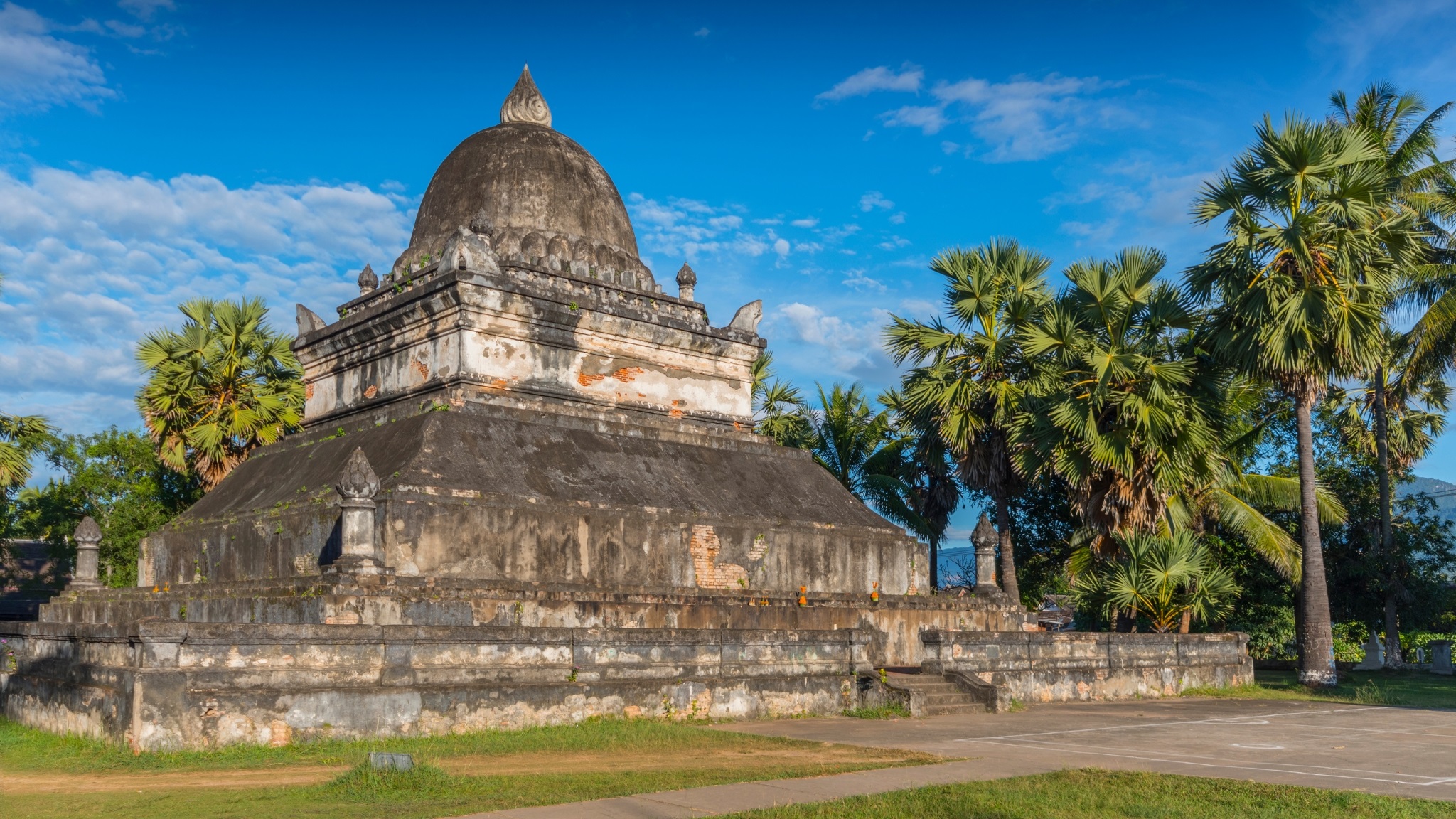
Wat Wisunarat
UXO Laos Visitor Center
- Location: V4PQ+R9J, Luang Prabang
- Opening Hours: 08:00 - 11:30; 13:00 - 17:00 Monday to Friday
- Entrance Fee: 20,000 Kip (US $1)
The UXO Laos Visitor Center provides insight into the devastating impact of unexploded ordnance (UXO) in Laos. During the Secret War from 1964 to 1973, Laos experienced heavy bombing, making it the most heavily bombed country per capita in history. The center showcases real bombies and survivor stories, offering visitors the opportunity to learn about the ongoing efforts to clear these explosives.
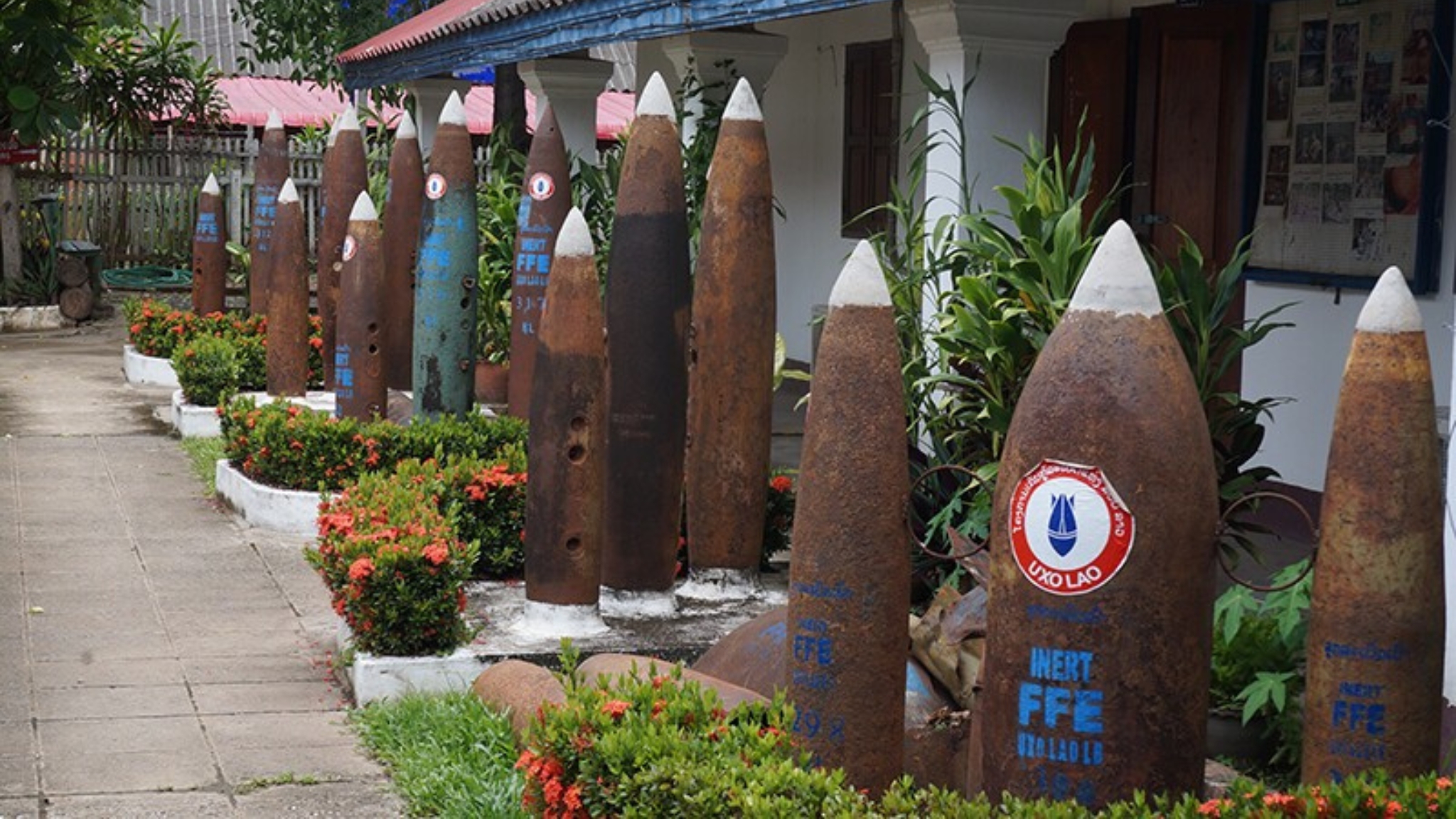
UXO Laos Visitor Center (Cre: Afar)
Pha Tad Ke Botanical Garden
- Location: V3GX+G2 Luang Prabang
- Opening Hours: 09:00 - 17:30 daily
- Entrance Fee: 25$/adult, children under 12 free
Pha Tad Ke Botanical Garden, opened in 2015, hosts various educational events like workshops on ecology and biodiversity, field trips with botanists, and thematic medicinal plant gardens. Plans include a traditional spa, arboretum, palm tree and bamboo gardens, and workshops on Lao floral arrangements, permaculture, and medicinal plants.
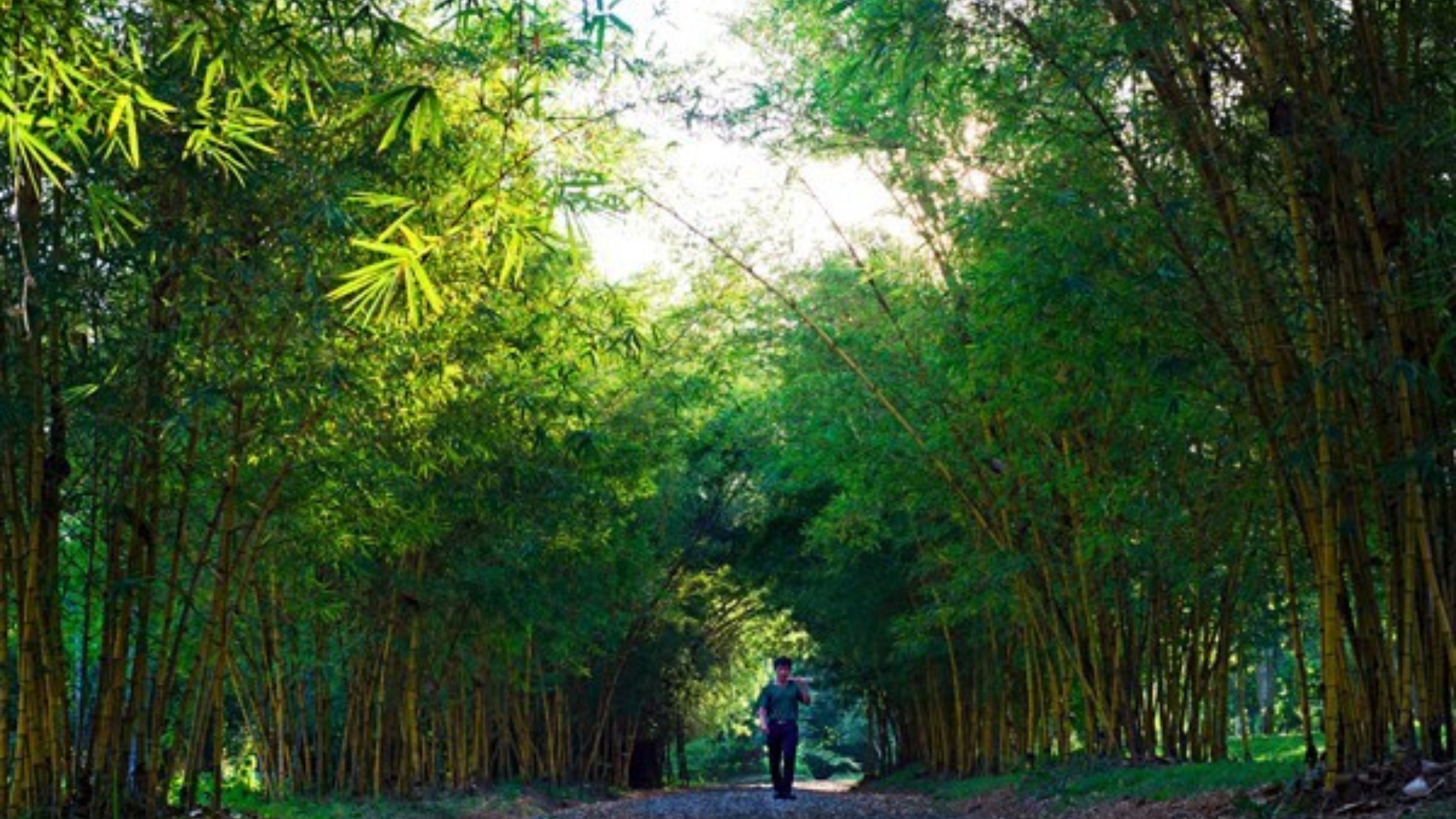
Pha Tad Ke Botanical Garden (Cre: Phatadke)
Local Tips When Exploring
- Dress Moderately: Visitors to this sacred site must dress modestly, ensuring that their attire covers both their shoulders and knees. This same dress code applies when touring temples and pagodas across Laos.
- Respect Local Traditions: When photographing locals, be respectful. In many instances, locals are open to being photographed if you maintain a respectful distance. If possible, ask for permission before taking photos. After capturing an image, consider showing it to them as a gesture of courtesy.
- Protect The Environment: Be cautious of your footsteps to prevent disrupting natural habitats; stick to designated trails or marked areas. Contribute to the preservation of Laos' historic architectural and archaeological sites by refraining from climbing on or touching them.
